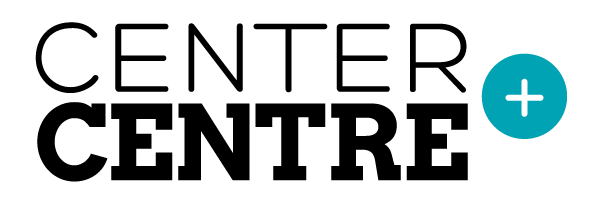
Just reading our course titles makes me a little giddy. I found myself asking myself, “Are we really crafting a learning experience with all this excellent UX info?”
“Yes, we are!” (Confession: Even though I asked the question to myself, I blurted the answer out loud and confused my husband.)
The 30 courses in Center Centre’s UX program include everything from Information Architecture to Front-End Development. We’ve taken a holistic approach to our courses. Every course focuses on both hard, technical skills and soft, interpersonal skills. We design each course to make sure our students graduate as industry-ready UX designers.
Forward-looking courses through backward design
I’ve developed curriculum as an assistant professor at the university level and as part of The Web Standards Education Task Force (WaSP EduTF). Through these experiences, I’ve learned that a well-developed course focuses on each student as an individual learner. A well-constructed course also prepares students for a career after graduation.
There’s nothing simple about crafting a curriculum that:
- is 75% project-based;
- meets students where they are in their current knowledge and allows for equal yet individualized learning;
- includes real projects with real stakeholders and real constraints; and,
- has never been done before.
I knew we needed a structured approach to course design. None of the models I used in the past would support such a nuanced program. After a lot of research and consideration, I determined that we would follow L. Dee Fink’s approach. His book, Creating Significant Learning Experiences: An Integrated Approach to Designing College Courses is wonderful. Fink’s model puts student learning at the center of each course. It also shares specific steps for designing an integrated learning experience.
We use Fink’s approach of backward design to develop our courses. To do this, we imagine a time when the course is over. We look one to three years into the future, and we ask ourselves:
What is it we hope that students will have learned, that will still be there and have value, several years after the course is over?
The answer to this question forms the basis of the learning goals for each course. Then we move backward in time to the end of the course and ask the assessment question:
What would the students have to do to convince us and themselves that they have achieved the learning goals?
By answering this question, we clarify the real meaning of the learning goals.
Moving back and forth between time, we develop authentic assessment activities and learning activities that allow students to succeed during their education at Center Centre. At the same time, these activities prepare students for life after graduation. Students will learn the skills they need to excel in a professional work environment.
Do you know anyone who’d make a great UX designer?
We’re accepting applications from those who prove an eagerness to learn, a prowess for professionalism, and motivation to be a UX designer. If you see yourself as one of those amazing candidates, submit your application today. Also, if you know any folks who would make great students, please encourage them to apply. They’re also welcome to contact us with questions about our program.

